Esra Yeşilli
Year of birth: 1991
Where do you live: Istanbul
Your education: Bachelor Degree
Describe your art in three words: Emotional/Honest, Visual/Conceptual, Poetic/Deep
Your discipline: Traditional drawing and painting blended with digital exploration · Mixed media focused on expressive drawing and pattern work · Rooted in traditional techniques, open to digital tools when needed · A disciplined practice balancing hand-crafted art and modern design
Website | Instagram
You describe your art as a reflection of invisible scars caused by war, trauma, and the pursuit of money. How did these themes first begin to influence your work?
As I grew older and began to live more independently, I started reflecting deeply on both my past and the world around me. With maturity came a clearer understanding of how experiences—especially those tied to war, trauma, and the pressures of chasing money—leave marks that aren’t always visible, but are deeply felt. These scars, whether personal or collective, began to surface in my thoughts and naturally found their way into my art. It became a way for me to process, question, and express what can’t always be put into words.
What role does the color red play in your art, and how has its meaning evolved for you over time?
Red has always held a powerful presence in my life. As a child, it was my favorite color—bold, vibrant, and full of life. Over time, my preferences shifted and I explored other colors, thinking red no longer represented who I was. But when I returned to drawing, I realized red kept reappearing in my work, almost unconsciously. It became clear that red still lived in me.
To me, red symbolizes courage, visibility, and the feeling of being truly alive. Even as someone who feels both extroverted and introverted, red somehow reflects that inner duality. It’s loud and quiet at the same time. I once thought I didn’t have a “red personality,” but my art told me otherwise.
Red also speaks for me when I stay silent. It shows the things I haven’t said in my personal life—the thoughts and emotions I’ve kept inside. In that way, red becomes my voice. By being so bold and apparent in my work, it reveals that I do have something to say—even when I don’t say it out loud.
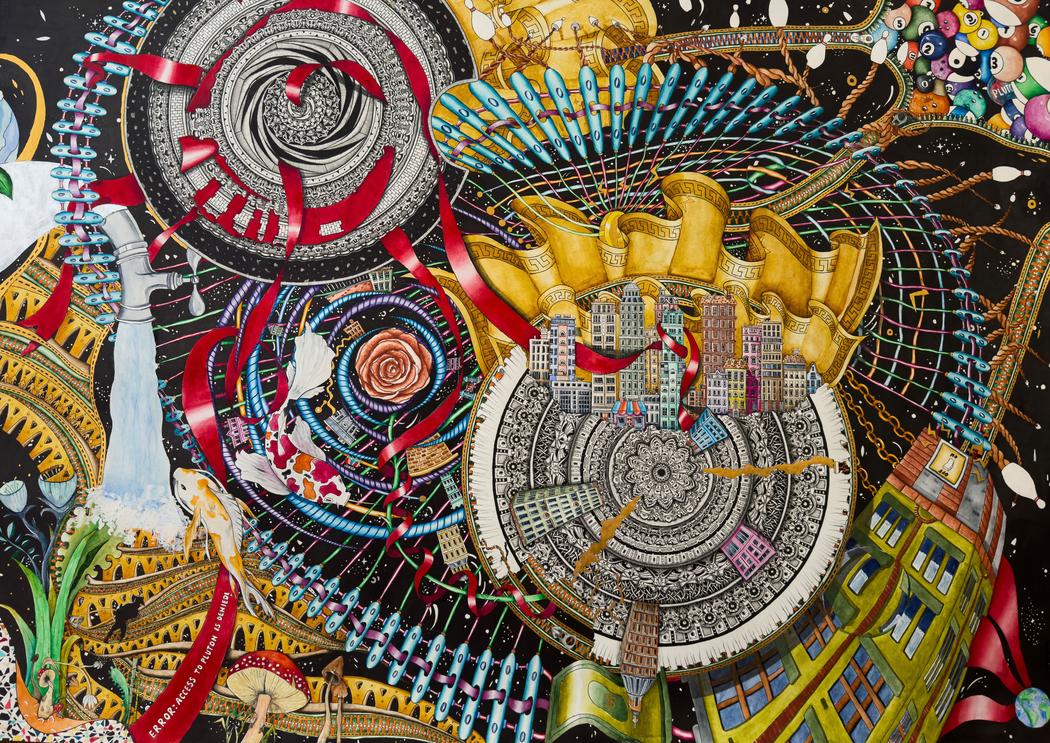 Esra Yeşilli | Lonely Pluton Amidst The Billiard Balls | 2022
Esra Yeşilli | Lonely Pluton Amidst The Billiard Balls | 2022
Many of your pieces are filled with intricate patterns and symbolic elements. How do you decide which symbols to include in a work?
First of all, I still carry the curiosity of a child—something my friends often tease me about in a loving way. They find it funny and endearing, but for me, that curiosity is essential. It constantly pushes me to explore more—about life, the unknown, and everything in between.
When I learn something new, it settles somewhere deep in my mind. Later, when I begin drawing, those pieces of information resurface naturally and start connecting with each other—almost without my conscious effort. Somehow, my mind finds a correspondence between what I’ve learned and the patterns I create. It’s like my own visual language, shaped by how I understand life.
I also keep a notebook where I write down ideas, emotions, and symbols that speak to me. It’s an important part of my process. When a concept or image comes to mind, I often jot it down first—and eventually, I translate it onto the canvas through my own perspective.
That’s why the intricate patterns in my work may not carry obvious meaning for others, but each one holds significance for me. They’re not random; they are personal reflections, shaped by knowledge, emotion, and the silent connections I make between the two.
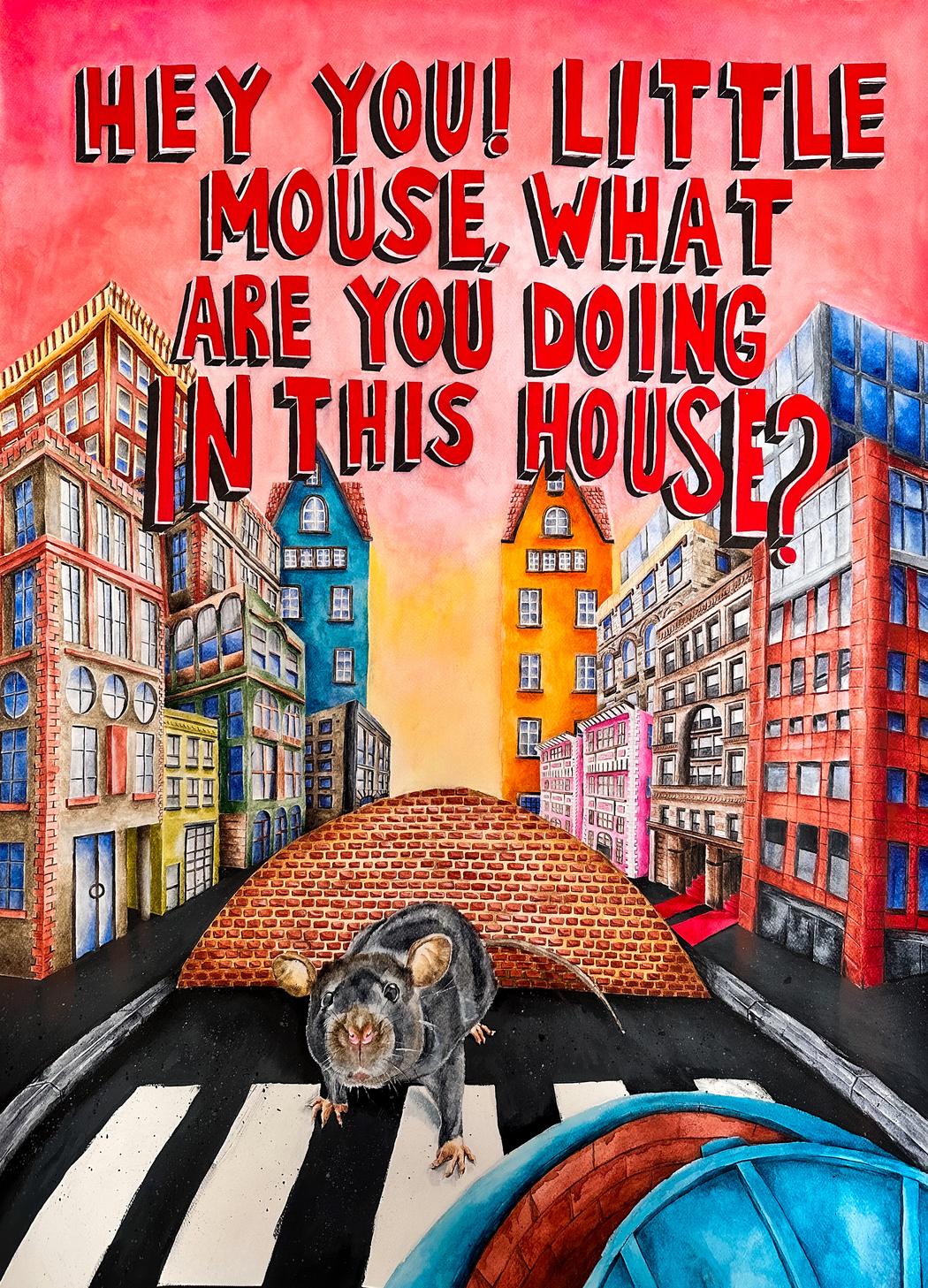 Esra Yeşilli | Paris Rats | 2024
Esra Yeşilli | Paris Rats | 2024
Nature appears in many of your works, often in surprising or metaphorical ways. What draws you to these natural forms?
I’ve always had a deep love for nature and animals. They comfort me, especially during difficult or sad moments. I often find myself speaking to them—not always with words, but through presence and emotion. Nature has a way of listening without judgment, and that makes it incredibly healing.
Living in a city surrounded by skyscrapers, buildings, and concrete, it’s easy to forget where we come from—and where we truly belong. Through my art, I want to remind people that our true freedom, our sense of peace, still lives in nature. It’s there we can rediscover life beyond the noise, beyond the concrete.
As I mentioned earlier, when I take in the world around me—especially nature—I reshape it in my mind. It transforms into something symbolic, something personal. That’s why the natural elements in my work often appear metaphorical. They are not just trees or animals; they are reflections of emotions, memories, and meanings I carry within me.
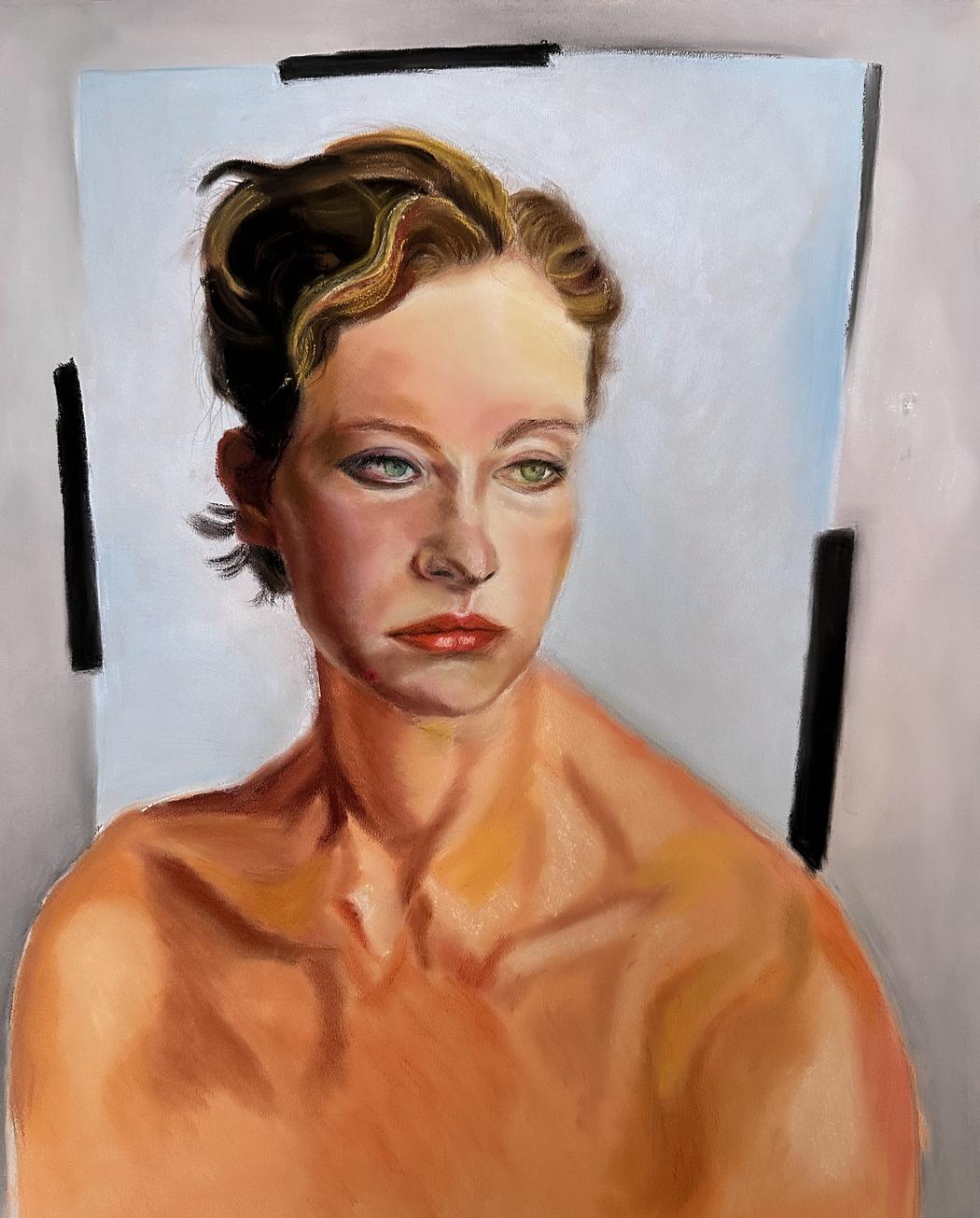 Esra Yeşilli | Quiet Thoughts | 2025
Esra Yeşilli | Quiet Thoughts | 2025
Your works balance between digital and traditional mediums. How do you navigate that intersection in your creative practice?
At heart, I’m a traditional artist. I feel most connected to my work when I’m drawing or painting by hand—the textures, the imperfections, the physical process all feel more personal and emotional to me.
But because of my professional life as a designer, I’ve also become comfortable working digitally. Sometimes I turn to digital tools when I need to work quickly, experiment with ideas, or capture a moment of inspiration without overthinking. It allows for a kind of speed and flexibility that traditional media doesn’t always offer.
I also enjoy keeping up with technology and exploring how it can complement my creative process, rather than replace it. For me, it’s not about choosing one over the other—it’s about letting each medium serve its purpose. Traditional work grounds me, and digital work keeps me moving forward.
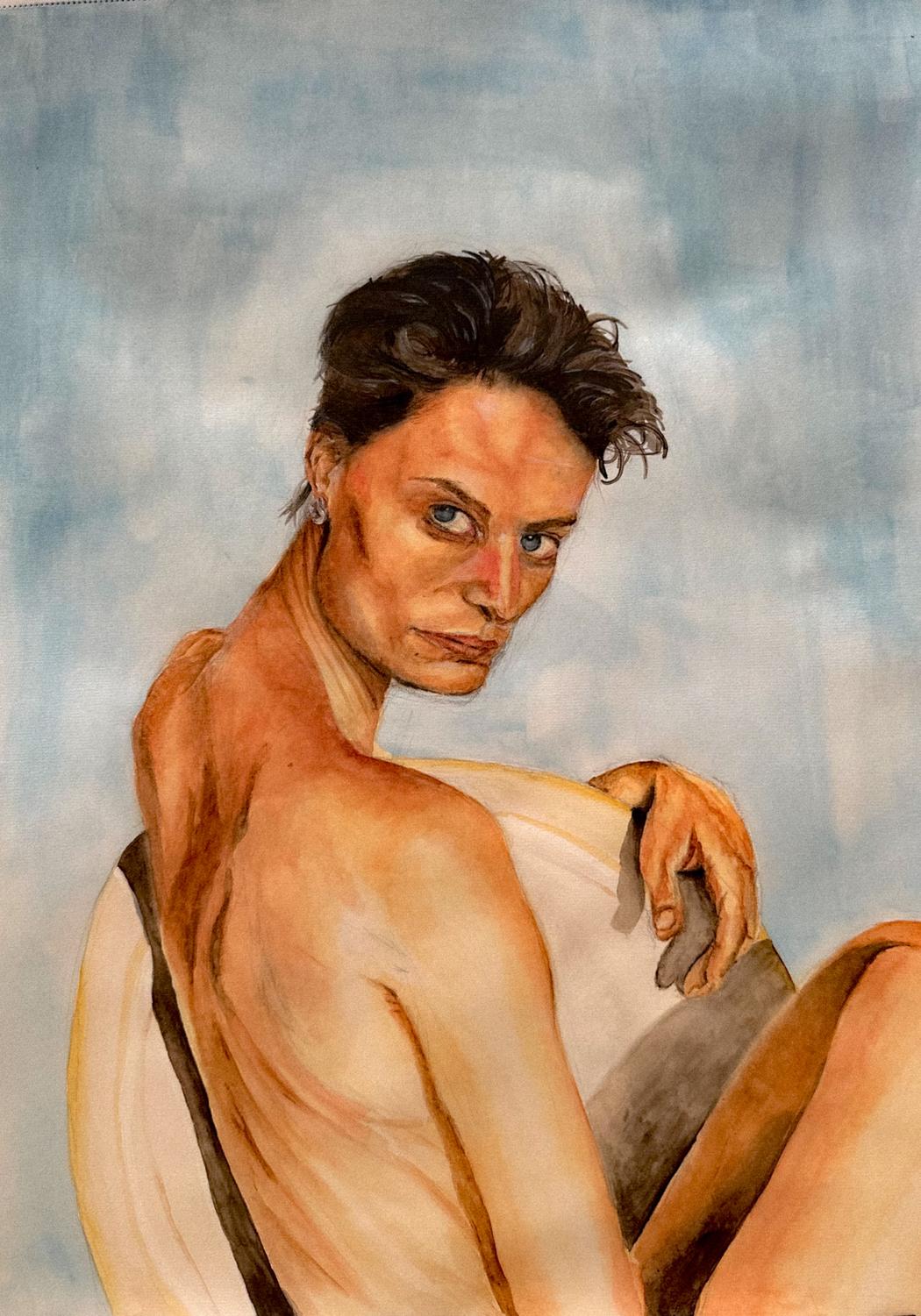 Esra Yeşilli | Simulation | 2025
Esra Yeşilli | Simulation | 2025
As an artist based in Istanbul, how does the city’s cultural and emotional atmosphere shape your art?
A friend once joked that Istanbul is the “Turkey version of China”—because it’s just that crowded! And it’s true—there’s constant movement, noise, and energy. But beyond that, Istanbul is incredibly authentic and layered. What makes it truly special is the mix of cultures that coexist here in ways you rarely find elsewhere.
In one neighborhood, you might feel like you’re in Europe, with its architecture and lifestyle. Just a few streets away, you’re surrounded by a much more conservative, traditional atmosphere. This contrast is everywhere—in the people, in the streets, in the daily rhythm of the city.
Istanbul is not just crowded—it’s complex and intricate, much like my drawings. There’s beauty in the chaos, stories in every corner, and a deep emotional atmosphere that you can’t ignore. Being surrounded by such cultural diversity constantly inspires me. It reminds me that identity isn’t fixed—it’s made of layers, contradictions, and coexistence. Just like this city. Just like my art.
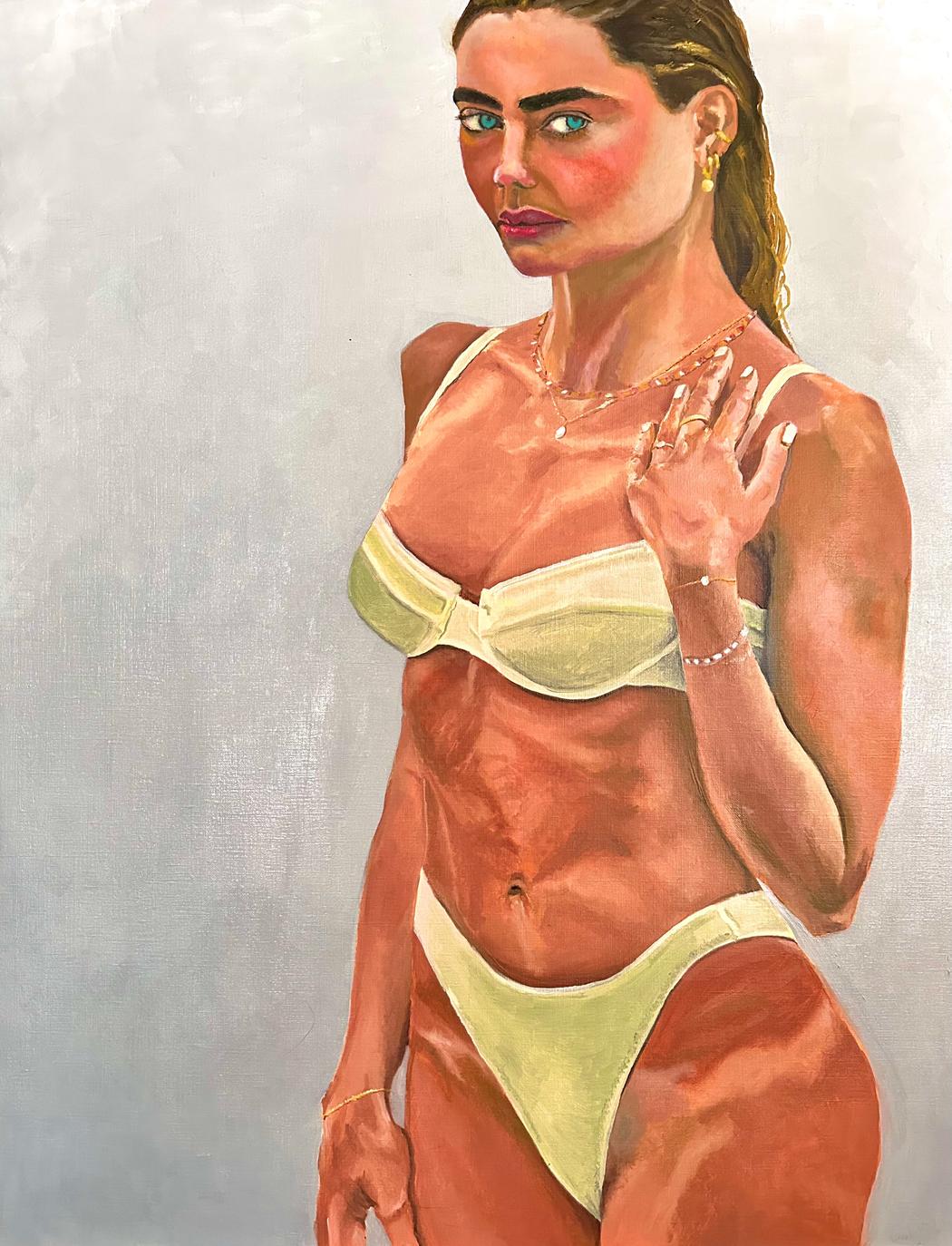 Esra Yeşilli | Sun Kissed Muse | 2025
Esra Yeşilli | Sun Kissed Muse | 2025
What message or feeling do you hope people take with them after viewing your work?
Some artists prefer to stay unseen—but for me, it’s the opposite. I felt invisible for a long time, and now I want to be noticed through my art. I want people to feel that I have something to say—and that drawing is the only way I can truly express it.
We live in a world that’s loud. Everyone is talking, but very few are really listening. Through my work, I’m saying, “Hey—stop for a moment. Just listen.” Art became my way of doing that. It became my way of being heard.
Creating is also my salvation. It’s the space where I’m not judged, not criticized, and where I don’t have to explain or justify myself to anyone. I hope that when people see my work, they not only see the colors and shapes, but feel the silence behind it—the need to be understood. And maybe, just maybe, it helps them feel a little more seen too.

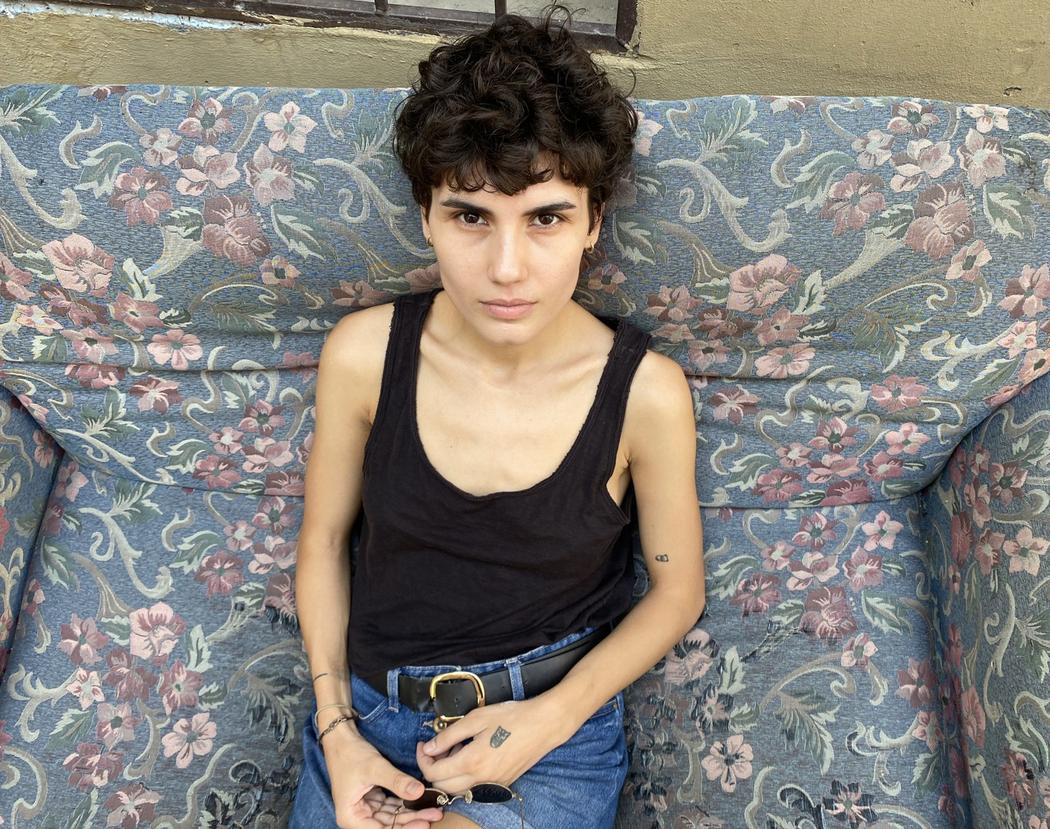
Leave a Reply